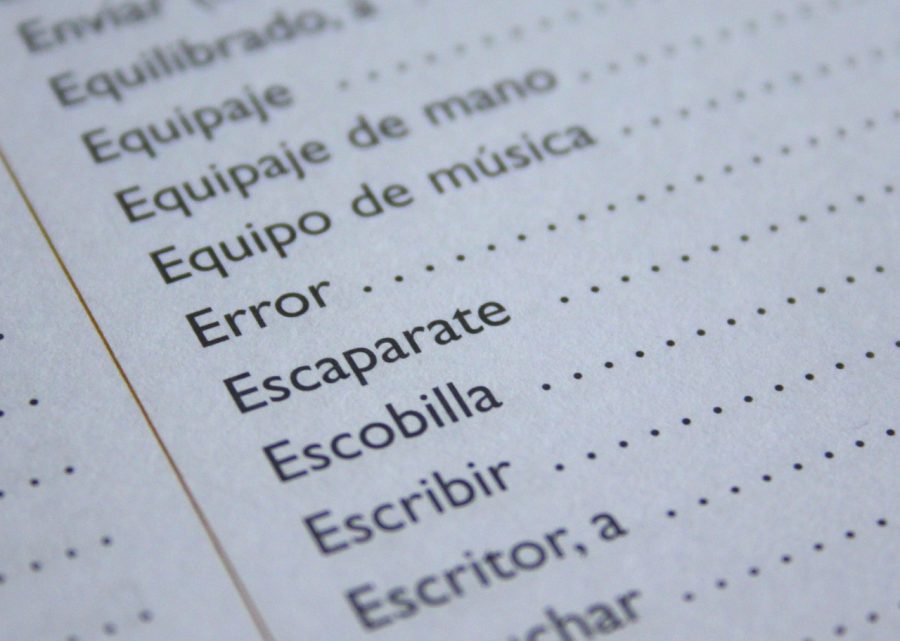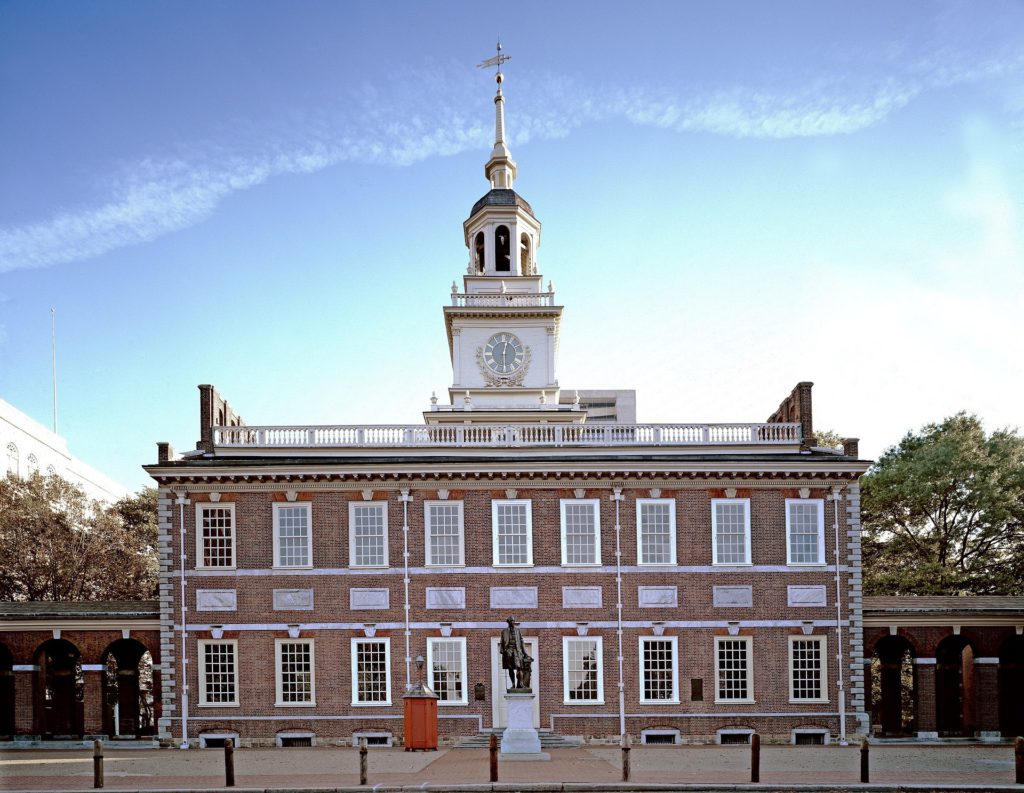Philly can get pretty territorial about its food. And with tourists constantly flocking to the city to get their hands on the best cheesesteaks, it’s not hard to figure out why. Food is a huge part of the Philadelphia culture. What better way to get such a staple of Philly culture direct to consumer than to open up a food truck stand? Luckily for residents, many philly foodies have asked the same question.
Here, in no particular order, and with supporting evidence from a few articles, are some of Philly’s top rated food trucks.
Cucina Zapata
You can usually find this food truck favorite hanging around the Drexel campus. It’s a very popular choice for lunch, with students lining up over every lunch hour to grab a bite. Cucina Zapata’s most infamous dish may be the Cap’n Crunch Tilapia Tacos; essentially a soft taco, but with cap’n crunch-breaded tilapia topped with cabbage, avocado, lettuce, tomato, and a special sriracha mayo.
Foolish Waffles
You might think that this stand serves waffles, and while you’d be correct, they’re not exactly your traditional morning snack. One of the more popular finds at Foolish Waffles is the Pork Belly Banh Mi Waffle; seasoned and glazed pork belly topped with veggie goodness on TOP of a Belgian waffle. Sound too good to be true? It’s not! Foolish Waffles was named the top food truck at the 2015 Vendy’s.
Tyson Bees
This tasty food truck is all about Asian fusion dishes. You can find Korean BBQ short ribs, hot dogs with toppings like delicious kimchi, and thai dishes like thai basil chicken with rice. This truck usually parks near 33rd and Spruce, but you can always find their location on their site.
All Of A Sudden Desserts
Named one of the top Philly food trucks by RoamingHunger.com, All Of A Sudden Desserts has enjoyed great success in the city. Starting off as a bakery, this confectionary team took their treats to the streets a few years back, helping Philadelphians cure their sweet tooth cravings on the go. Take your pick of cakes, cookies, and cupcakes, along with a ton of cheesecake variations for anyone feeling adventurous.
The next time you’re looking for a bite while out on the town, these are certainly a few of the stops you’ll want to try and make. What’s your favorite food truck in Philly? Tweet to me or comment below and I’ll check it out.






